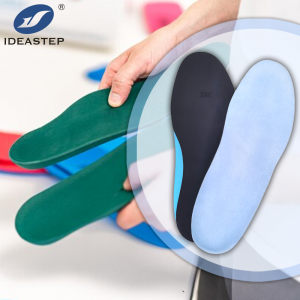
Custom orthotics, designed to provide personalized support and alleviate foot-related discomfort, are tailored to fit the unique contours of an individual’s feet. Despite their intended benefits, there are instances where individuals may find that their custom orthotics are uncomfortable or cause unexpected issues. Addressing this discomfort requires a systematic approach to identify the root cause and find a suitable resolution.
The first step in addressing discomfort with custom orthotics involves understanding the nature of the discomfort. It’s essential to differentiate between temporary discomfort associated with the adjustment period and persistent discomfort that indicates a potential issue with the orthotics themselves.
Temporary discomfort is common when transitioning to custom orthotics, especially if the individual has been using generic insoles or has never worn orthotics before. During the initial adjustment period, the feet and lower body may need time to adapt to the new support and alignment provided by the orthotics. In such cases, gradually increasing the duration of wear can help the body acclimate to the orthotics, reducing initial discomfort.
Persistent discomfort, on the other hand, may be indicative of issues such as improper fit, design flaws, or underlying foot conditions that require further attention. If the discomfort persists beyond the initial adjustment period, it’s important to seek professional guidance. A podiatrist or orthopedic specialist can assess the fit and function of the orthotics, ensuring that they are aligned with the individual’s specific foot anatomy and needs.
Additionally, discomfort with custom orthotics may arise from factors such as excessive pressure points, inadequate arch support, or material-related issues. In such cases, adjustments to the orthotics, such as targeted modifications to relieve pressure points or enhance support in specific areas, can often alleviate discomfort and enhance overall comfort.
When addressing discomfort with custom orthotics, it’s crucial to communicate openly with the healthcare professional who prescribed or designed the orthotics. Providing detailed feedback about the nature and location of discomfort can aid in identifying potential adjustments or alternative solutions. This collaboration can lead to modifications or refinements that address the root cause of the discomfort, ultimately enhancing the effectiveness and comfort of the orthotics.
Expand more related content: https://www.aideastep.com/custom-orthotic/.

